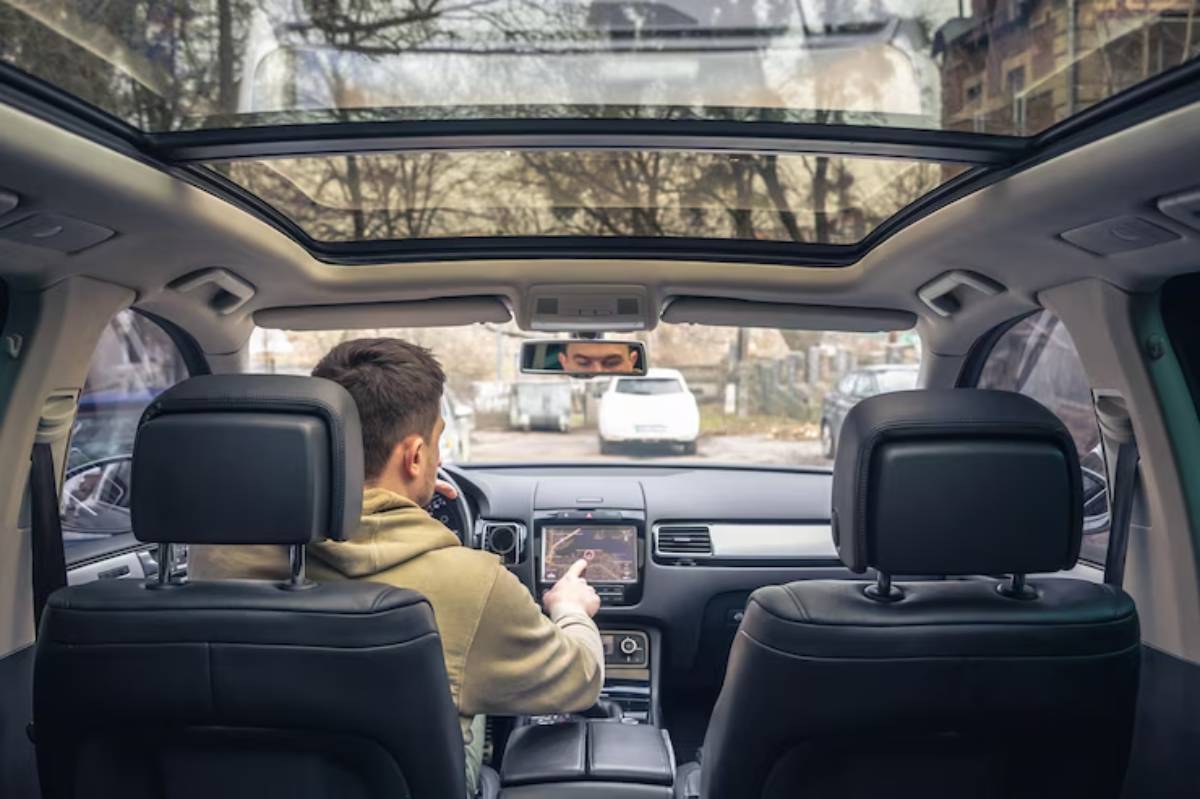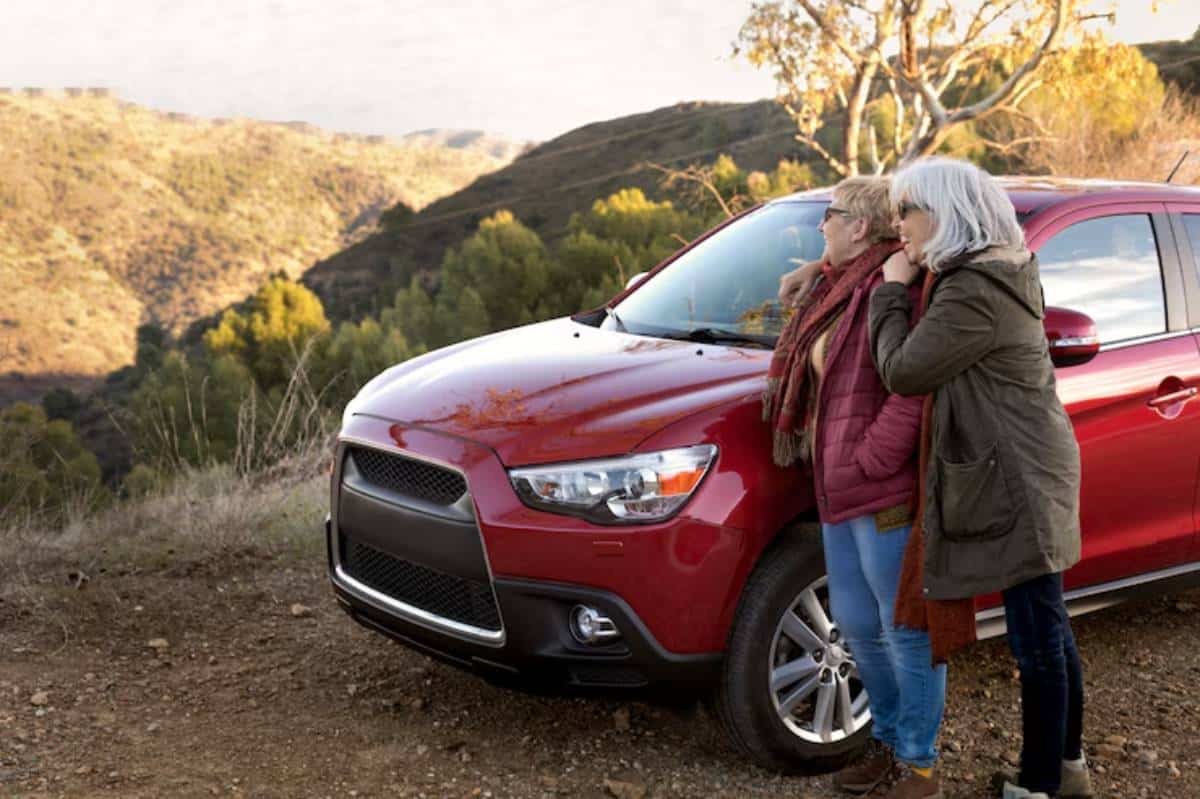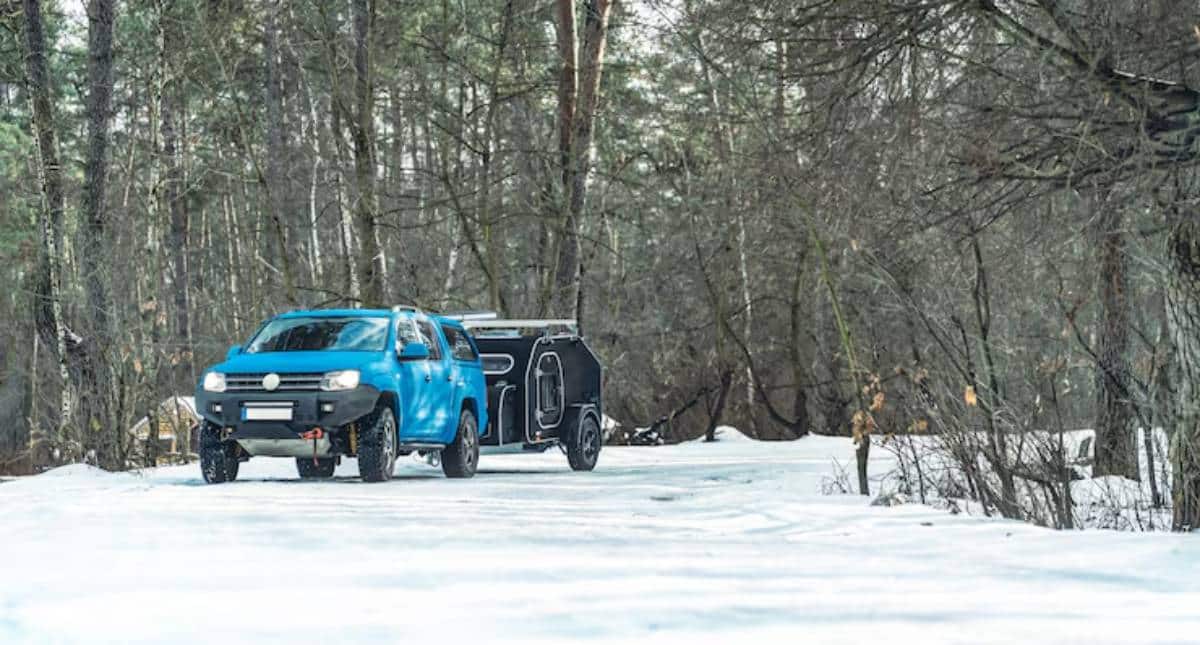
How to Choose the Right Family SUV for Your Needs
Whether you’re planning school runs, weekend getaways, or road trips with your dog, the right SUV makes life easier, safer, and more enjoyable. But with so many options on the market, how do you choose a family SUV that truly fits your needs?
This guide helps you choose a family car. It covers key features, questions to ask, and important decisions. You’ll learn about safety, storage, and more.
Pro Tip: The best SUV isn’t the biggest or most expensive — it’s the one that fits your family’s real lifestyle.
Quick Guide: Key Considerations When Choosing a Family SUV
- Prioritise safety features like airbags, crash ratings, and driver-assist tech
- Check interior space and comfort for kids and car seats
- Evaluate boot capacity and cargo flexibility
- Consider fuel efficiency or hybrid options for long-term savings
- Test drive for ride comfort and visibility
- Compare maintenance costs and warranty terms
Important: Take your whole family along for a test drive — they’ll be your co-pilots every day.

Step-by-Step: Choosing the Best SUV for Your Family
Step 1: Determine Your Seating Needs
Start by considering how many people you regularly transport.
Seating layout options:
| Seats | Best For |
| 5-seater | Small families with 1–2 children |
| 7-seater | Larger families or regular carpoolers |
| Split-folding third row | Flexible use for kids or extra cargo |
Quick Tip: Don’t just count seats — check how comfortable the third row is for actual people.
Step 2: Prioritise Safety Features
Nothing matters more than safety when it comes to kids on board.
Key safety features to look for:
- High Euro NCAP or ANCAP safety rating
- Rear cross-traffic alert
- Blind-spot monitoring
- Lane departure warning
- Automatic emergency braking (AEB)
- ISOFIX anchor points for car seats
Pro Tip: A rear-view camera should be a non-negotiable — it’s essential in car parks and driveways.
Step 3: Assess Child-Friendliness
Think practically — car seats, snack spills, and constant door slamming are real.
Family-friendly interior features:
| Feature | Why It Matters |
| Rear seat ventilation | Keeps kids cool on long drives |
| Durable upholstery | Resists stains and wear |
| Easy-access back seats | Makes loading kids faster |
| Wide-opening doors | Ideal for prams or car seat installation |
Sustainability Tip: Some brands now offer eco-friendly, vegan leather options — durable and conscious.
Step 4: Check Boot Space and Storage
Storage can make or break your SUV experience.
What to check:
- Boot size with all seats up and folded down
- Whether the boot fits a full-size pram
- Storage bins and cupholders throughout the cabin
- Underfloor storage or hidden compartments
| Usage Scenario | Space Needed |
| Grocery runs + pram | 400–500 litres |
| Camping trips | 500–700 litres |
| Weekly sports gear + dog | 600+ litres and flat-folding seats |
Pro Tip: Bring your pram or luggage on the test drive to see what fits.
Step 5: Evaluate Fuel Type and Efficiency
Running costs add up. Choose the best fuel option for your usage.
Fuel options:
| Type | Pros | Cons |
| Petrol | Lower upfront cost | Less fuel-efficient |
| Diesel | Good for towing | Not ideal for short trips |
| Hybrid | Lower emissions, great fuel economy | Slightly higher price |
| Electric | Zero emissions, quiet | Requires charging access |
Quick Tip: If most of your trips are short and local, a hybrid or small petrol SUV may be best.
Step 6: Consider Technology and Connectivity
Tech makes driving safer and parenting easier — if it’s practical.
Helpful tech features:
- Apple CarPlay / Android Auto
- Rear-seat USB ports
- Voice commands or touchscreen simplicity
- Navigation with real-time traffic updates
- Built-in Wi-Fi or streaming apps for long trips
Important: More isn’t always better — focus on features you’ll actually use daily.
Step 7: Factor in Comfort and Drive Experience
Your SUV should make family life easier, not feel like a bus to drive.
Comfort factors to assess:
| Feature | Benefit |
| Ride quality | Smooth travel for long journeys |
| Driver seat adjustability | Fits different family members |
| Cabin noise levels | Helps when kids nap in the back |
| Visibility | Safer lane changes and tight turns |
Pro Tip: Test drive on different roads — not just the dealership lot.
Step 8: Look Into Warranty and Running Costs
A good deal today could cost you tomorrow if the running costs are too high.
What to check:
- Warranty duration and coverage
- Servicing schedule and capped pricing
- Insurance cost comparison
- Road tax and emissions-based fees
Sustainability Note: Hybrids and EVs often qualify for tax savings or free congestion zone access.
Popular Family SUV Options (2025 Picks)
| SUV Model | Why Families Love It |
| Toyota RAV4 Hybrid | Fuel-efficient, spacious, reliable |
| Kia Sorento | 7 seats, luxury feel, safety-packed |
| Hyundai Tucson | Tech-focused, roomy boot, sleek design |
| Volvo XC60 | Premium safety, clean interiors |
| Skoda Kodiaq | Practical layout, budget-friendly 7-seater |
Quick Tip: Don’t skip brands just because they’re less flashy — practicality often wins.

Common Mistakes to Avoid When Choosing a Family SUV
| Mistake | Better Approach |
| Choosing the largest SUV | Focus on useable space, not size alone |
| Overlooking back seat access | Test child seat installation |
| Ignoring fuel costs | Match engine type to your driving habits |
| Not involving your family | Take them along — see what they notice |
Pro Tip: Bring your child seat and everyday items to the test drive — real-world fit matters more than brochure specs.
Frequently Asked Questions
What’s the best SUV for families with young kids?
Look for easy child seat access, built-in blinds or tinted windows, and rear-seat ventilation. The Toyota RAV4, Hyundai Tucson, and Skoda Kodiaq are strong options.
Should I choose a 5-seater or 7-seater?
Choose a 7-seater if you regularly transport more than 4 people, or need flexibility for guests, carpools, or growing children.
Is a hybrid SUV worth it?
Yes — especially if you drive frequently. Lower fuel costs and emissions often offset the slightly higher purchase price.
Are all SUVs safe for families?
Most modern SUVs are safe, but always check safety ratings and make sure your model has key features like curtain airbags and ISOFIX mounts.
Should I buy new or used?
New offers warranty and updated safety tech. Used offers better value, but check condition and service history carefully.
Make the Smart Choice for Your Family’s Needs
Choosing the right SUV is about more than boot space or horsepower. It’s about comfort, safety, flexibility, and how the vehicle fits into your real, everyday life.
By focusing on what matters — from car seat access to fuel economy — you can select the best family car with confidence. Whether you’re seeking the best SUV for kids, managing multiple routines, or heading out for a family road trip, the right SUV helps everything run more smoothly.
Test smart. Think practically. Drive happy.


